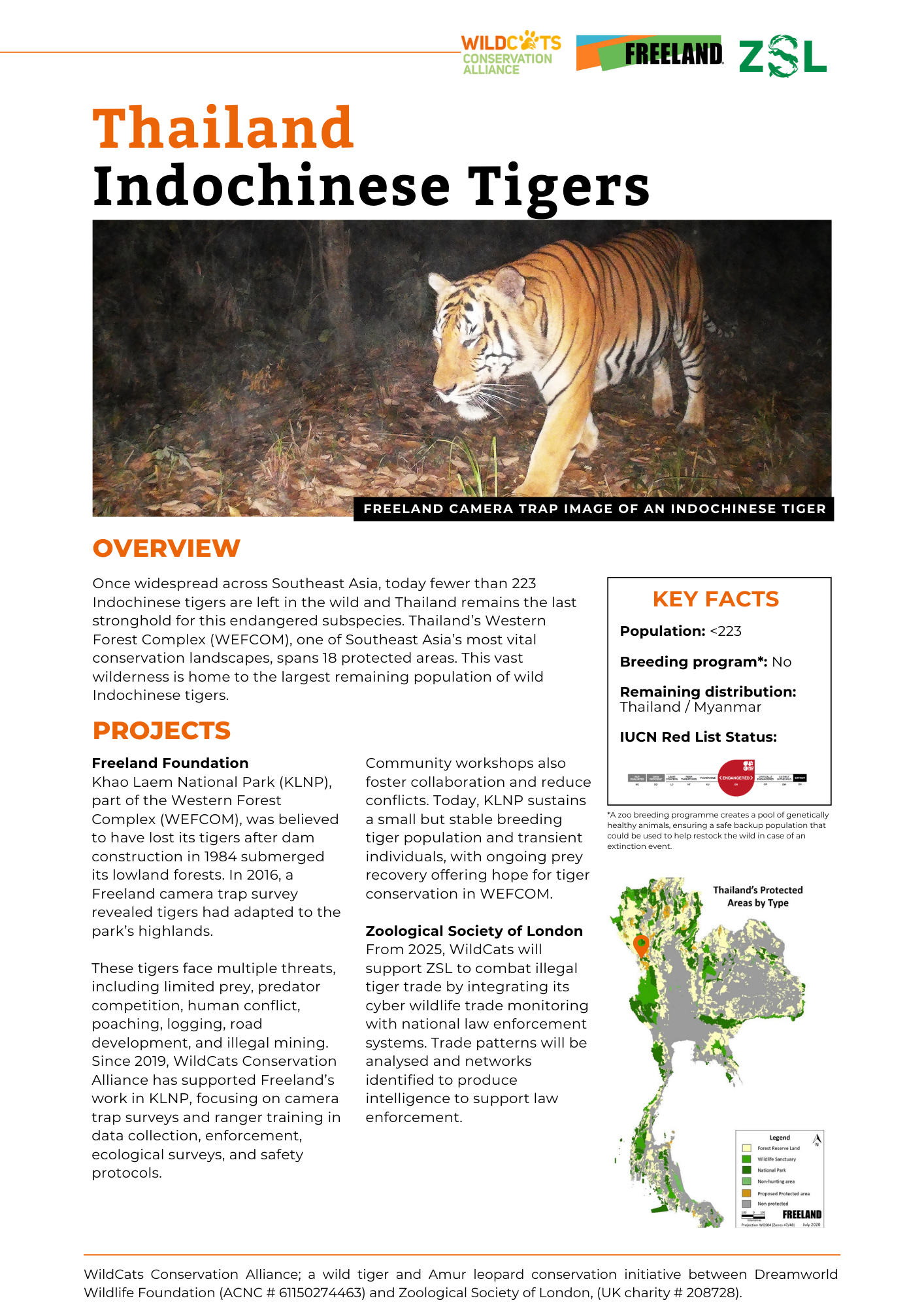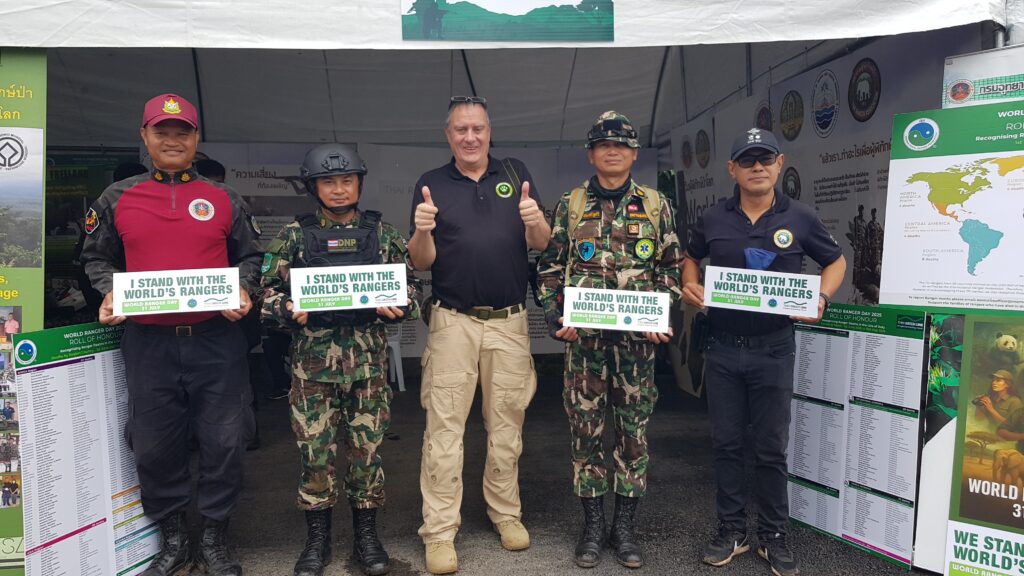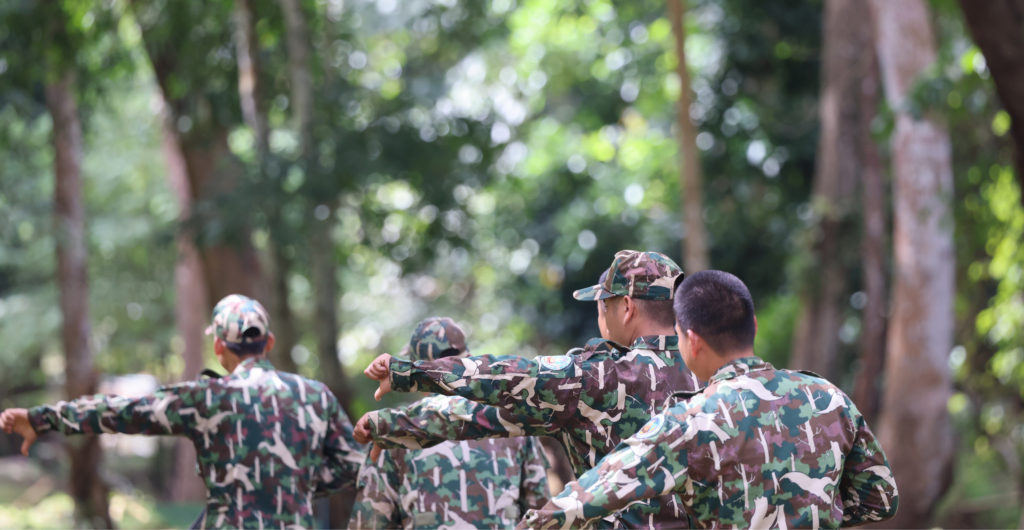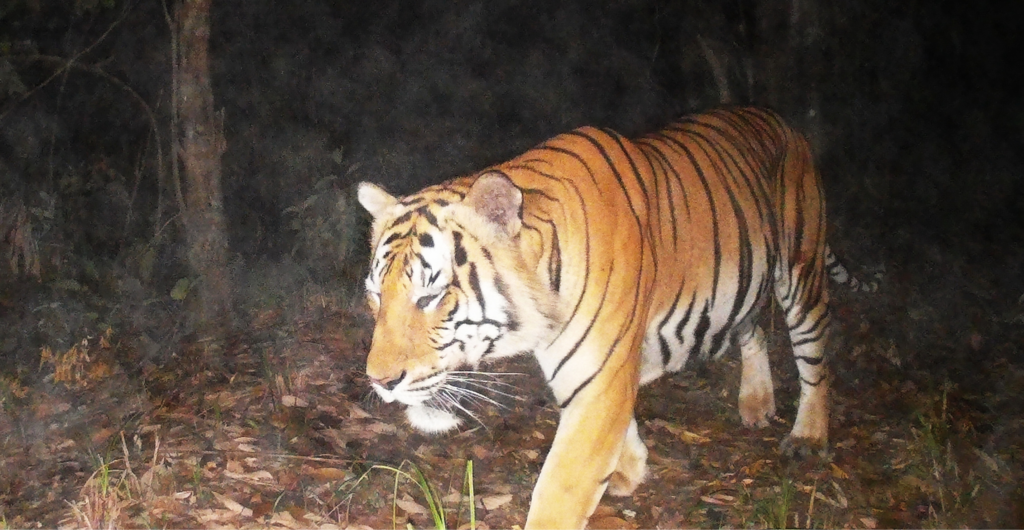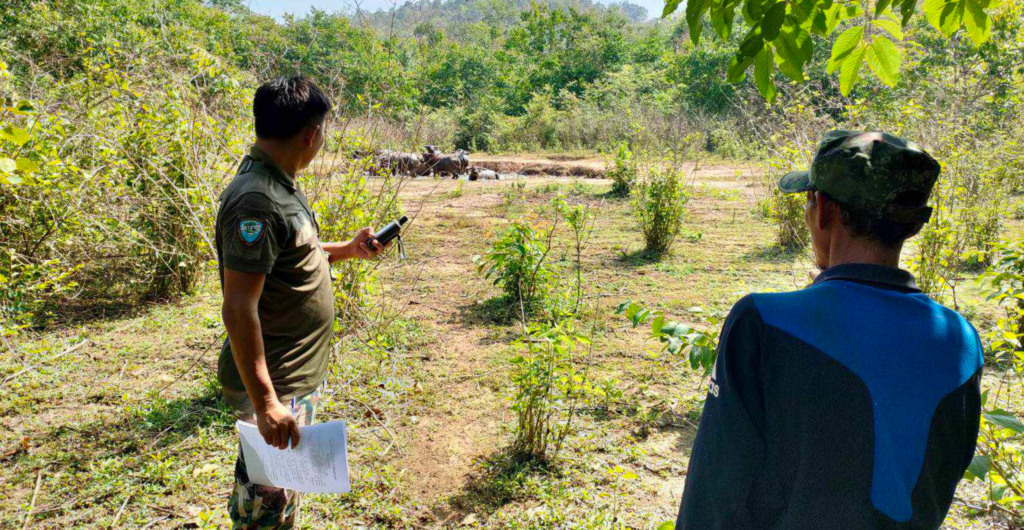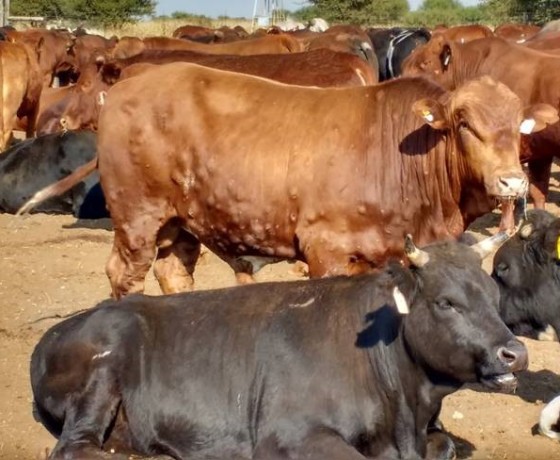Implementing Partner:
Project name:
“Surviving Together” programme
Location:
Khao Laem National Park, Western Thailand
Size of project area:
Khao Laem NP is 1,497km2
Protection activities will involve areas within the entire park with tiger monitoring areas covering a minimum of 180km2
Goal:
To enhance the conservation of Indochinese tigers by developing a comprehensive understanding of their ecological needs and habitat use, while fostering cross-border collaboration between protected areas and conservation organisations in Thailand and Myanmar. This partnership aims to expand and strengthen tiger habitats, ensuring long-term protection and population recovery. By safeguarding the Khao Laem sector of Western Forest Complex (WEFCOM), the project will mitigate threats, support the recovery of tigers and their prey, and contribute to Thailand’s national goal of doubling its tiger population by 2034, as outlined in the Thai Tiger Action Plan (2022).
- Objective 1: Further improving understanding of tigers, prey and threats in KLNP
- Objective 2: Introduction of new park management technology & Capacity development for officials
- Objective 3: Reducing threats through Community Outreach

